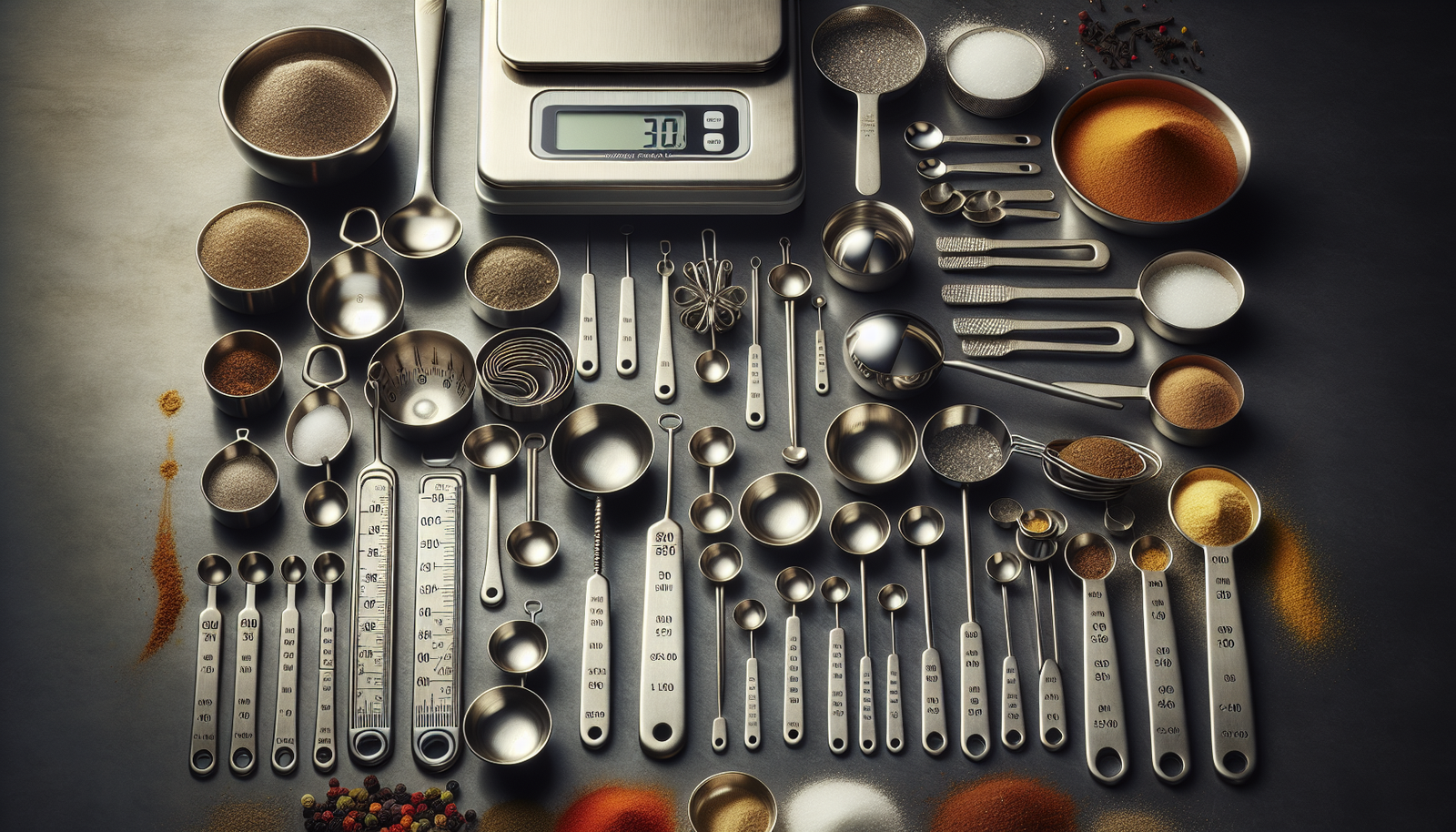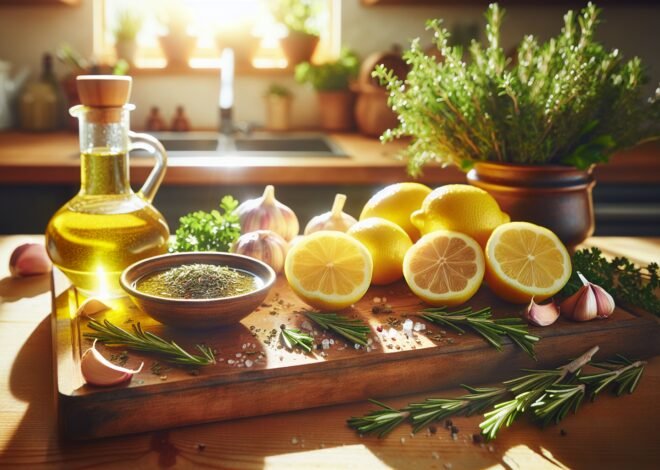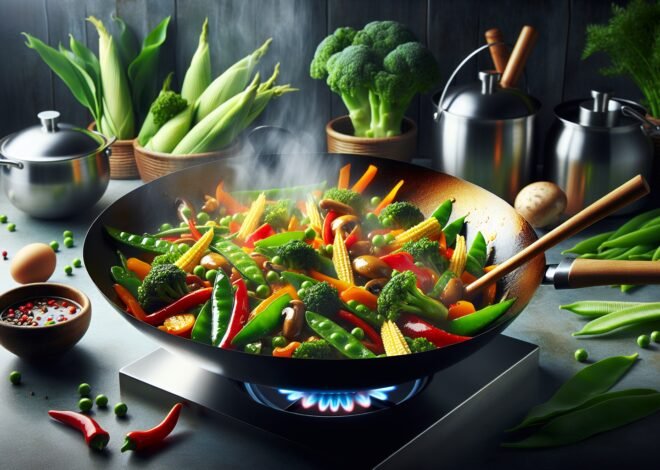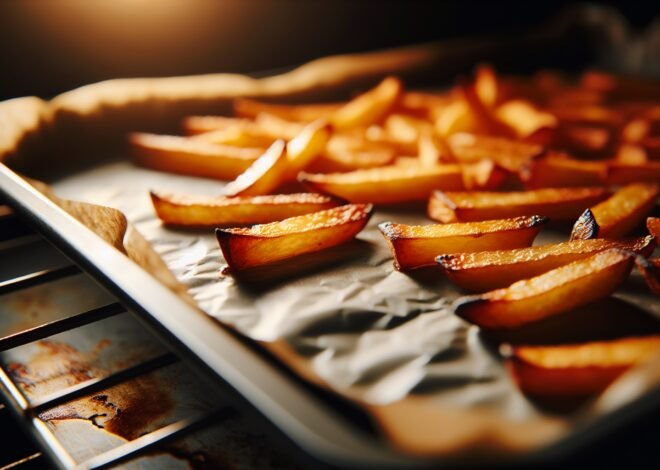
Best Measuring Tools for Small Quantities: Teaspoons and Beyond
The best measuring tools for small quantities are essential for precision in cooking and baking. It’s estimated that a minor miscalculation in ingredients can drastically alter the outcome. This post explores options beyond the standard teaspoon, such as digital scales and miniature beakers, to enhance accuracy in your culinary endeavors. Discover tools that offer consistency, ease of use, and affordability, ensuring your recipes are flawless every time. Stay tuned to uncover practical solutions for achieving perfect measurements, whether you’re a novice or an experienced chef.
“`html
Introduction to Measuring Tools for Small Quantities
Measuring tools are essential in the culinary world, especially when dealing with small quantities. They ensure precision and consistency, which are key to creating delicious dishes. Whether you are a home cook or a professional chef, understanding the importance and functionality of these tools can elevate your cooking and baking experience.
Importance of Accurate Measurement in Cooking and Baking
Accurate measurement in cooking and baking is crucial for achieving the desired taste and texture. Precision is particularly vital when working with recipes that call for small amounts of ingredients. Even a slight deviation can significantly alter the end result, especially in baking, where chemistry is at play. A pinch more salt or sugar can transform a dish, making it overly salty or sweet. Therefore, having the right measuring tools ensures that each ingredient is added in exact quantities, preserving the recipe’s integrity and your culinary creation’s flavor profile.
Common Challenges in Measuring Small Amounts
Measuring small amounts poses unique challenges that many cooks face. One of the primary difficulties is the lack of precision with standard measuring tools designed for larger quantities. This can lead to inconsistency and errors in recipes. Spillage is another common issue, particularly with liquid ingredients. Additionally, some ingredients, such as spices and herbs, can clump together, making it difficult to measure them accurately. Overcoming these challenges requires using the right tools and techniques to ensure success in your culinary endeavors.
Overview of Standard Measuring Tools
A variety of standard measuring tools are available, each designed for specific tasks. These include measuring cups, spoons, and scales, which are commonly used in both home and professional kitchens. Measuring cups are ideal for larger volumes, while measuring spoons are perfect for smaller quantities. Digital scales offer precision, particularly for dry ingredients. These tools are made from various materials, such as plastic, metal, or glass, and come in different sizes to accommodate a wide range of needs. Understanding the function and use of each tool is the first step toward accurate measurement.
Best Measuring Tools for Small Quantities
Discovering the best measuring tools for small quantities can transform your cooking or baking practice. The right tools not only enhance accuracy but also streamline the process, making your culinary experience more enjoyable and stress-free.
Benefits of Using Teaspoons and Tablespoons
Teaspoons and tablespoons are invaluable tools for measuring small quantities. Their standardized sizes ensure consistency across different recipes. These tools are especially useful for measuring liquid ingredients, like vanilla extract or oil, and dry ingredients, such as spices and baking powder. Their design allows for easy leveling, providing accurate measurements with every use. Additionally, they are compact and easy to store, making them a favorite for chefs and home cooks alike. Investing in a high-quality set can enhance your cooking precision and save time in the kitchen.
Precision Measuring Tools for Liquid Ingredients
Precision measuring tools for liquid ingredients are essential for achieving the perfect balance in recipes. Graduated cylinders and pipettes offer remarkable accuracy, allowing for exact measurements of liquids like vinegar or lemon juice. These tools are perfect for recipes requiring intricate details and can prevent overflow or spillage. For those seeking convenience, adjustable measuring cups offer flexibility, allowing you to measure various volumes with a single tool. Using these precision instruments ensures that your liquid ingredients are always spot on, enhancing the overall quality of your dishes.
Specialized Tools for Dry Ingredients Measurement
Measuring dry ingredients with precision requires specialized tools designed for accuracy and convenience. Digital kitchen scales are excellent for this purpose, providing weight measurements in grams or ounces. For smaller amounts, such as spices or herbs, spice spoons or mini measuring cups are ideal. These tools prevent clumping and ensure even distribution. Sifters can also be helpful for powdered ingredients, allowing for an even and accurate measure. Utilizing these specialized tools can enhance your results and ensure that your dry ingredients are measured perfectly every time.
Tips for Using and Maintaining Measuring Tools
Maintaining and properly using your measuring tools is vital to their longevity and accuracy. With the right care and techniques, your tools can provide reliable service for years, ensuring that your culinary results remain precise and consistent.
Proper Cleaning and Storage Techniques
Proper cleaning and storage of measuring tools are crucial for their maintenance and accuracy. After each use, thoroughly wash your tools with warm, soapy water to remove any residue. For metal tools, ensure they are dried immediately to prevent rust. Plastic tools should be stored away from direct sunlight to avoid warping. Storing your tools in a designated drawer or container keeps them organized and prevents damage. Regular cleaning and proper storage enhance their lifespan, ensuring they remain accurate for future use.
Calibration and Accuracy Maintenance
Regular calibration of measuring tools is essential for maintaining their accuracy. Digital scales should be calibrated according to the manufacturer’s instructions, while measuring spoons and cups should be checked for wear or damage. Over time, repeated use may lead to slight inaccuracies, so it’s important to periodically verify their precision. Using a calibration weight can help ensure your digital scale remains accurate. Consistent maintenance ensures that your measuring tools provide reliable results with each use.
Choosing the Right Tool for Your Ingredients
Selecting the appropriate measuring tool for your ingredients can greatly affect the outcome of your recipe. Consider the nature of the ingredient, whether it’s dry or liquid, and choose accordingly. For small volumes, use teaspoons or tablespoons for precision, while larger quantities may require cups or scales. For sticky ingredients like honey, use non-stick measuring tools to prevent residue. Understanding the unique needs of each ingredient ensures you choose the right tool, enhancing your culinary accuracy and success.
“`
This content is structured to be engaging, informative, and easy to read, adhering to your guidelines for SEO optimization and natural language use.
Conclusion
The article highlights key tools for accurately measuring small quantities. Precision scales are emphasized for their ability to weigh minute amounts with high accuracy. Graduated cylinders and pipettes are recommended for liquid measurements due to their precise volume markings. Digital calipers are noted for measuring dimensions with fine increments. Spice and milligram scales are suggested for culinary and laboratory use where precise measurements of small quantities are crucial.
“`html
FAQ
What are the most accurate measuring tools for precise small quantity measurements?
Digital scales and micrometers offer pinpoint accuracy for small quantities. Both provide minimal error margins, making them ideal for tasks that require precision.
How do digital scales compare to traditional methods for measuring small amounts?
Digital scales surpass traditional methods with greater accuracy and ease of use. They eliminate human error often associated with manual calculations, providing fast and reliable results.
What is the best tool to measure small quantities of liquid accurately?
Pipettes and burettes stand out for liquid measurement. They offer precision and control, ensuring accurate volume measurements for both scientific and culinary applications.
Can measuring spoons be relied upon for precision in tiny quantity measurements?
While convenient, measuring spoons may lack the precision needed for tiny quantities. Variations in filling techniques can lead to inconsistencies, making scales a better choice for accuracy.
What are the essential features to look for in measuring tools for small quantities?
Accuracy, sensitivity, and calibration capabilities are crucial. Look for tools with high precision, easy-to-read displays, and durability to ensure consistent results.
How does calibration affect the accuracy of measuring small quantities?
Calibration ensures that measuring tools provide correct readings. Regular calibration minimizes errors, maintaining the tool’s accuracy for reliable measurements.
“`











